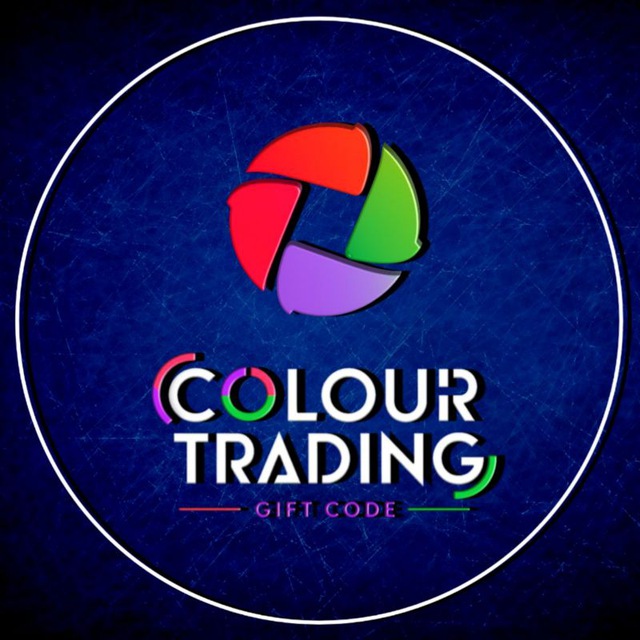Colour trading, often referred to as color trading in some contexts, encompasses a range of activities related to the buying, selling, and exchange of colors or color-related products. While the concept might seem abstract, it has practical applications in various industries, from digital design and marketing to art and fashion. This guide explores what colour trading entails, its significance in different sectors, and provides insights into colour trading apps and their functionalities.
What is Colour Trading?
Colour trading involves the speculation or exchange of colors as a commodity or asset. In artistic and design circles, it refers to the market for pigments, dyes, and colorants used in creating visual content. However, the term can also extend to the trading of color-related products such as paints, textiles, and even digital color palettes used in graphic design and digital media.
Applications of Colour Trading
- Art and Design: Artists and designers often trade in rare or high-quality pigments for their unique color properties. Historical pigments like ultramarine or modern synthetic dyes fall into this category.
- Fashion Industry: Textile manufacturers and fashion designers trade in colorants and dyes to create vibrant fabrics and garments that meet consumer demand.
- Digital Design: In digital media, color trading involves the exchange of color palettes, gradients, and digital assets used in web design, app development, and multimedia content creation.
Importance of Colour Trading
Colour trading is significant for several reasons:
- Creative Expression: It allows artists and designers to access a wide range of colors and pigments, enhancing their creative freedom and expression.
- Economic Value: Rare or high-quality colorants can have significant economic value, especially in luxury markets and collectibles.
- Consumer Preferences: In fashion and marketing, color trends and consumer preferences drive demand for specific hues and shades, influencing product design and advertising strategies.
Colour Trading in the Digital Age
With the advent of digital technology, colour trading has expanded into virtual platforms and online marketplaces. Colour trading apps and platforms cater to a global community of artists, designers, and enthusiasts looking to buy, sell, or exchange digital color assets. These apps offer features such as:
- Digital Color Palettes: Users can browse and purchase pre-designed color palettes for various design projects.
- Custom Color Creation: Tools for creating custom color schemes and gradients tailored to specific preferences or branding needs.
- Marketplace for Color Assets: Artists and designers can list their digital color assets for sale or license, creating a marketplace for unique and original color designs.
Colour Trading App Download: Exploring Options
For those interested in exploring colour trading apps, several options cater to different needs and preferences. Here are some popular apps:
- Adobe Color CC: Formerly known as Adobe Kuler, this app allows users to create, explore, and share color themes for design projects. It integrates seamlessly with Adobe Creative Cloud.
- Coolors: A popular app for generating color schemes and palettes on the go. Users can explore trending color combinations and export them for use in various design applications.
- Pantone Studio: Offers access to the Pantone Color Library, allowing users to browse and select from thousands of colors. It provides tools for creating and sharing color palettes.
- Color Hunt: An online platform and app that curates trendy color palettes submitted by designers worldwide. Users can browse palettes by popularity or search for specific themes.
Tips for Using Colour Trading Apps Effectively
- Explore Trends: Stay updated on color trends in design, fashion, and digital media to inform your trading decisions.
- Experimentation: Use apps to experiment with different color combinations and schemes to find what works best for your projects.
- Community Engagement: Participate in online communities and forums within color trading apps to learn from others, share insights, and gain inspiration.
- Legal Considerations: Understand copyright and licensing implications when trading or using digital color assets created by others.
Conclusion
Colour trading, whether in physical pigments or digital color assets, plays a crucial role in creative industries and consumer markets. It allows artists, designers, and businesses to access a spectrum of hues and shades that enhance their products and projects. By leveraging colour trading apps and platforms, individuals can explore, create, and trade digital color assets efficiently and creatively.

